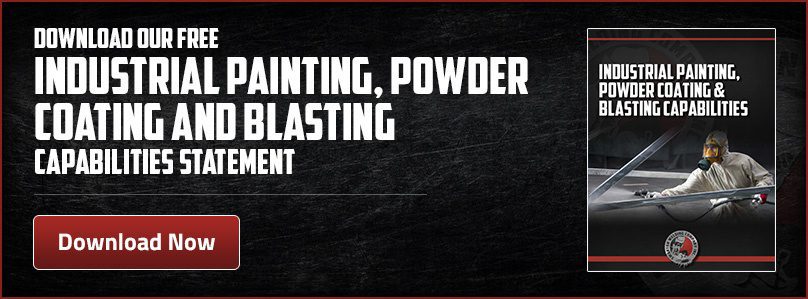What is the Process of Powder Coating?
 Powder coating has grown in popularity over the course of the last fifty years. It has become one of the most common methods used to finish automotive and other parts. The result is a durable, long lasting finish with a smooth texture that is resistant to corrosion. Here is a look at how powder coating is done for most applications.
Powder coating has grown in popularity over the course of the last fifty years. It has become one of the most common methods used to finish automotive and other parts. The result is a durable, long lasting finish with a smooth texture that is resistant to corrosion. Here is a look at how powder coating is done for most applications.
Preparation
In order to achieve the best possible finish with powder coating, the surface of the part must be prepared properly. The process for preparing each part will depend on the base material, metals, and other materials like fiberglass. In general, the part will be thoroughly cleaned to remove any oil or grease on the surface, and then rinsed. Next, the part is etched. This helps remove any surface oxides and provides more surface area for the powder coating to stick to. After etching, the part is rinsed once more.
The part is dipped in a chemical solution to neutralize the surface. Things will vary as each chemical solution is formulated to work with a specific base material. On aluminum, it is either a chromate or phosphate solution. Other options include zinc and iron phosphates. These chemicals adhere to the surface of the part and provide the film needed for the powder to stick. Last, the part is demineralized to remove any chemical salts on the surface and prevent any corrosion from happening beneath the powder coating.
Powder Coating Ingredients
Once the part is properly prepared to receive a coating, it is time to prepare for the coat application. Manufacturers of powder coating systems use a special blend of polymer resin. They also use necessary curatives pigments and additives to create each individual color and finish according to your desires. All of the ingredients are melted together and blended to form a uniform mixture which is cooled into bricks. Once the bricks are completely cooled and dried, they are ground down to create the fine powder that you receive. It is important to note that the color and finish of the powder is determined at the manufacturing facility based on your order. It cannot be changed once the finished powder is shipped as it will produce an uneven result.
Powder Coating Application
The process used to apply the powder is different from other coating systems, thanks to its use of electromagnetic properties. This requires some specialized tools, and the powder is placed inside of a paint gun that charges the particles using either friction or an electrical source. Next, the part that is being coated is grounded to provide an opposite charge that will attract the particles as they are sprayed. The thickness of the application will vary depending on whether the coating is external or internal, or the type of environment that the part will be used in. The powder will continue to stick to the surface of the part as long as it is grounded, which allows for multiple passes to cover the part.
Curing
Once the part is completely coated it is placed in an oven which heats the coating to a minimum of 160 degrees Celsius. Once the powder reaches this temperature it melts and flows together, forming long chemical chains which give the coating its rigidity and durability. As it cools, the surface of the finish takes on a gel-like consistency until it reaches room temperature and is completely cured. Most powder coating finishes will not melt again once they have cured, meaning that they can be used in a wide range of applications and environments without cause for concern.
Powder coating is a fairly new finishing process, and it requires specialized tools to achieve the electromagnetic charge. However, it does offer a wide range of color and finish options ranging from glossy to matte. It also provides a more durable finish that is both corrosion and scratch-resistant so your coating will last for years to come. It can be easily cleaned with warm soapy water and restored to its original shine within minutes. Powder coating is a viable way to finish and protect parts made from nearly any material and is suitable even in harsh environments where it may come in contact with chemicals or solvents. Your coating professional can adjust the thickness of the coating to stand up to industrial applications.
Make sure you are taking your parts to a knowledgeable and experienced powder coater to ensure proper curing and longevity. For more detailed information on them or on the manufacture of basic structural steel and how it can meet the needs of your business in the United States, please contact us at Swanton Welding Company Inc. You can visit us online at SwantonWeld.com or reach us directly at 419.826.4816.

